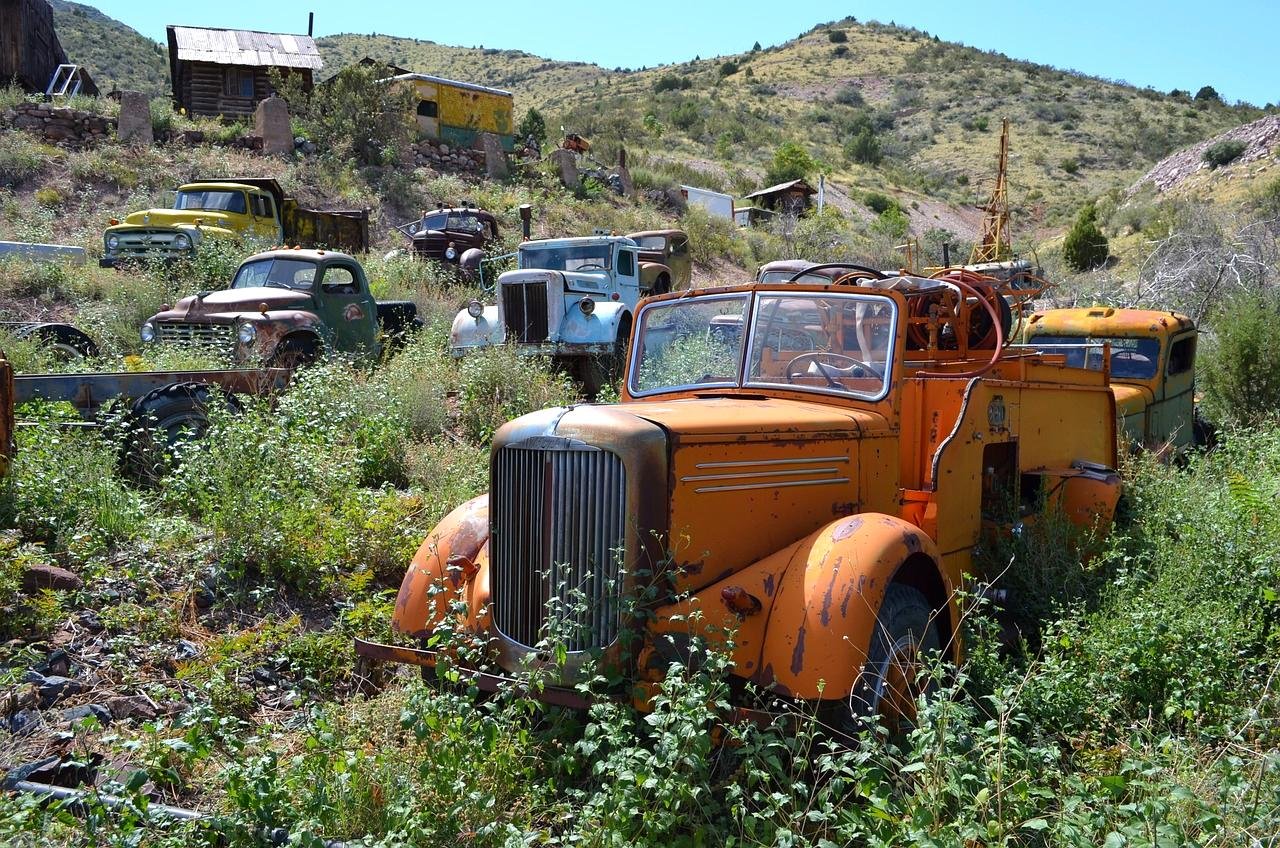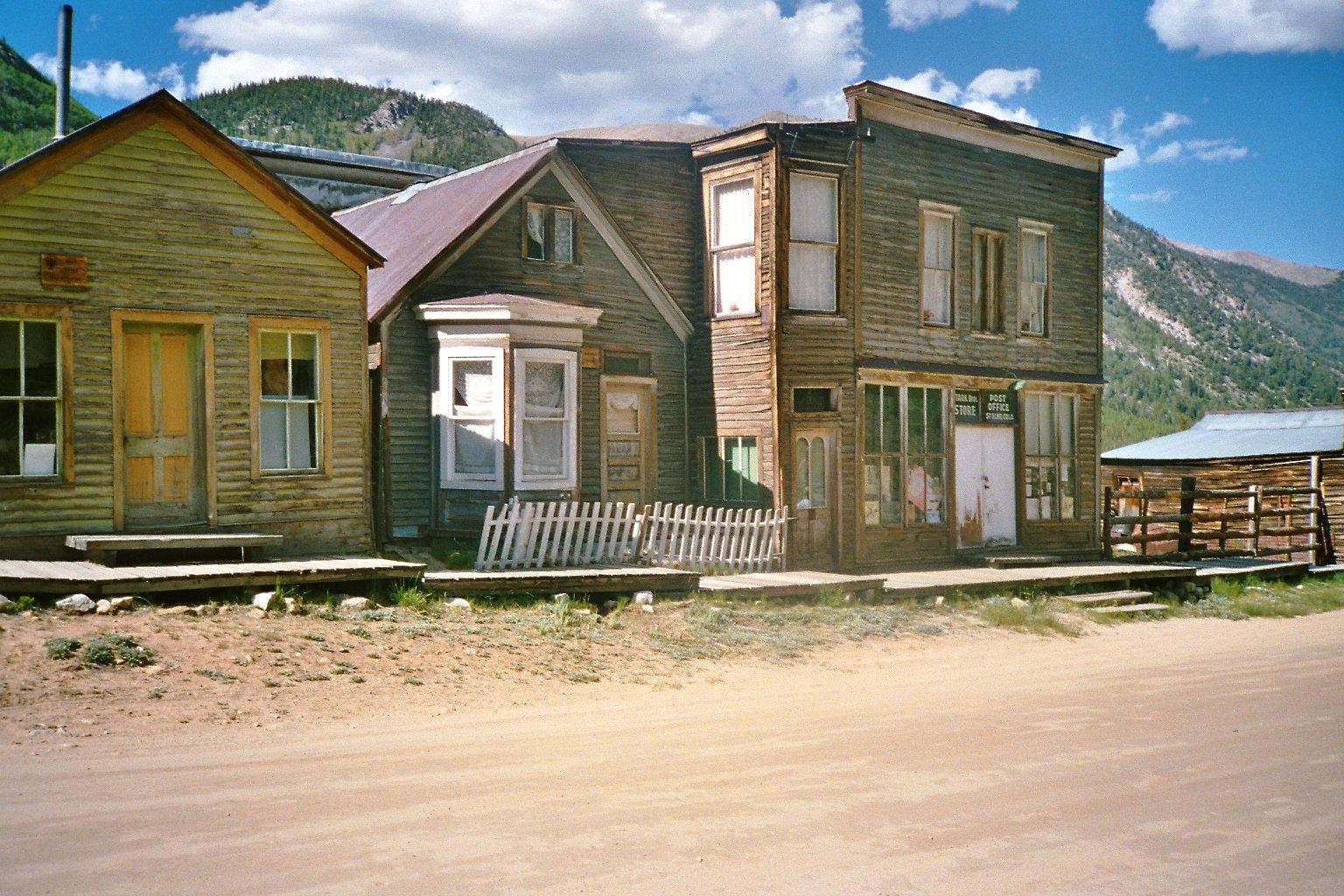Bodie, California
Nestled in the heart of California, Bodie once thrived as a bustling gold-mining town during the late 1800s. A magnet for prospectors and adventurers, Bodie boasted over 10,000 residents at its peak. Homes sprang up quickly, saloons catered to hopes and broken dreams, and lawlessness was not uncommon. However, as gold production began to dwindle, the town’s prosperity started to fade. Fires swept through the area, and slowly, its residents departed, leaving behind echoes of a once-thriving community. Today, Bodie is a California State Historic Park, preserved in a state of “arrested decay.” Walking through its dusty streets is like stepping back in time, offering a glimpse into the life and struggles of its former inhabitants.
Centralia, Pennsylvania
Centralia, Pennsylvania, once buzzed with the activity of coal mining, a town rich in resources and community spirit. But in 1962, a coal mine fire ignited underground, and it continues to burn ruthlessly to this day. The persistent blaze released toxic gases into the air, gradually transforming the once-vibrant town into a hazardous wasteland. Despite mandatory evacuations, a handful of determined residents chose to remain, witnessing Centralia’s ghostly transformation firsthand. This eerie town even inspired the video game Silent Hill, drawing visitors seeking an otherworldly experience. Imagine walking through a town where the ground itself whispers of flames beneath your feet.
Jerome, Arizona

Known as the “Wickedest Town in the West,” Jerome, Arizona, sprang to life on copper mining’s back. In its heyday during the late 19th century, Jerome flourished with saloons, dance halls, and stories of both fortune and misfortune. However, come the 1950s, the once-bountiful mines closed, prompting a mass exodus. Residents, miners, and dreamers departed, leaving behind buildings that seemed to sigh in solitude. Today, Jerome enjoys a remarkable rebirth as a tourist destination, with art galleries and museums breathing life back into its streets. Visitors often come to admire its blend of historical charm, quirky shops, and lingering spirits of the past.
Rhyolite, Nevada
In 1904, Rhyolite, Nevada, exploded onto the scene with the rush for gold, quickly drawing a population of over 5,000. The town exemplified the Wild West spirit—teetering between dreams and dust. Streets bustled, banks were built, and hope gleamed brightly. However, the gold rush ended as quickly as it began, and by 1916, the mines closed and the bustling town became silent. Today, Rhyolite is famous for its unique ruins, including a quirky bottle house built from 50,000 beer and liquor bottles. The remnants whisper stories of wealth, dreams, and the fragile nature of boomtowns.
Cahawba, Alabama
Cahawba was once the proud first state capital of Alabama, thriving in the early 1800s. With its strategic location, it grew quickly, a testament to early American resilience and ambition. Yet, repeated flooding plagued the town, leading to the eventual relocation of the capital. Slowly, buildings emptied, and echoes of lives once enriched the land. Nature reclaimed what was left behind, crafting an eerie beauty that draws the curious. Cahawba now stands as an archaeological site, haunted by mysterious ghost stories, urging tales to be unravelled from its spectral past.
Terlingua, Texas

In the early 1900s, Terlingua, Texas, was buzzing with activity, fueled by mercury mining. The town drew individuals seeking prosperity and a new start, but the collapse of the mercury market after World War II brought untimely silence. Mining ceased, families departed, and the desert wind reclaimed the streets. Yet, Terlingua stands defiant as a quirky tourist attraction today, drawing people to its annual chili cook-offs and desert festivals. Its story of rebirth is a testament to the enduring human spirit, where amidst the ruins, new memories are created.
Kennecott, Alaska
Kennecott, Alaska, offers a story of industrious success amid challenging landscapes. A thriving copper mining operation in the early 20th century, Kennecott boasted an active community engaged in the symphony of industry and discovery. However, by the 1930s, the copper supply was exhausted, and its residents faced an inevitable departure. Kennecott was left to the embrace of time, as decrepit buildings stand testimony to hopes and achievements. The site is now part of the Wrangell-St. Elias National Park, inviting visitors to explore its well-preserved mining buildings and to imagine the once-thriving community amidst Alaska’s rugged beauty.
St. Elmo, Colorado

St. Elmo, a booming mining town in Colorado, basked in prosperity during the late 19th century. At its height, around 2,000 people roamed its vibrant streets, living dreams fueled—or dashed—by mining fortunes. However, the decline of the mining industry in the 1920s saw the once-thriving population dwindle to a whisper. Despite time’s relentless march, many of its buildings remain intact, serving as channels to the past. Legends whisper of hauntings, particularly from a former hotel owner, spinning a web of allure for curious visitors daring to seek St. Elmo’s enchanted echoes.
